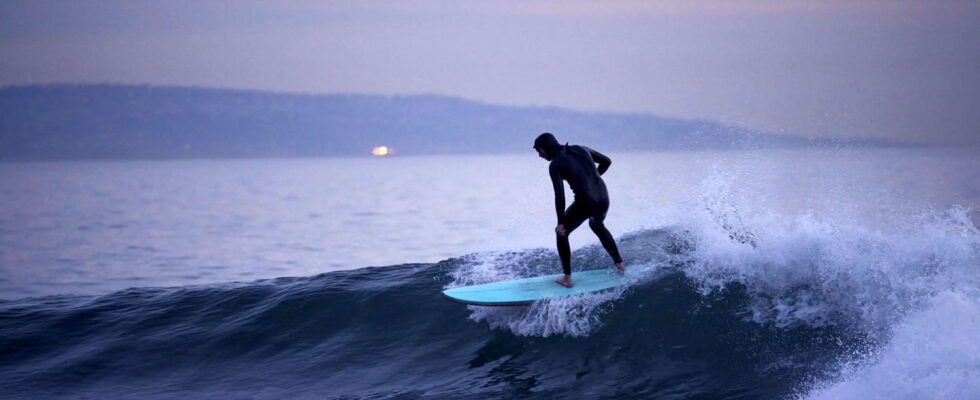A board sport, surfing is one of the events that will not be held in Paris during the 2024 Olympic Games. A look back at the scoring system for this aquatic discipline.
Surfing, the ultimate board sport, made a remarkable debut at the Tokyo Olympics in 2021. This inclusion has sparked great interest, but also questions about the scoring criteria for this unique discipline. How is surfer performance assessed? For JO 2024Tahiti and its legendary spot of Teahupo’o will host the events.
The Rating Criteria
At the Olympic Games, surfers’ performances are judged by a panel of five highly qualified judges. and usually accredited by international bodies such as the Association of Surfing Professionals (ASP). Each surfer is rated on a scale of 0.1 to 10.0 per wave, with deviations of up to 0.2 points to finely reflect differences in performance. There are several rating criteria:
- Difficulty of Maneuvers: Judges evaluate the complexity and risk of the maneuvers performed. Aerial figures, tubes and radical maneuvers on the top of the wave are particularly valued.
- Innovation and Progression: Originality and novelty of maneuvers are also crucial in the eyes of the judges. Surfers who push the boundaries of traditional surfing maneuvers often get higher scores.
- Power and Speed: The force with which the maneuvers are performed and the overall speed of the surfer on the wave are important aspects. A maneuver performed with power and at high speed is rated higher than a similar maneuver performed in a less dynamic manner.
- Style and Fluidity: A surfer who combines complex movements with a fluid and harmonious style generally obtains better scores.
The rating system
During a competition, each surfer is given a certain number of waves to surf. For each wave, judges assign a score, and at the end, only the two best scores from each surfer are retained for the total score. This system encourages surfers to be consistent in their performances while taking calculated risks to achieve high scores.
The role of the judges is therefore crucial. They must not only have a thorough knowledge of surfing techniques, but also an ability to assess quickly and fairly in changing conditions. The extreme scores (the highest and lowest) are discarded to make an average and award the fairest possible score.
The challenges of notation
The very nature of surfing, with waves constantly varying in size and shape, poses unique challenges for judging. Unlike other sports, where conditions are controlled, surfing is entirely dependent on the whims of the ocean. This requires judges to have a deep understanding of the competition conditions.
Additionally, athletes must adapt their strategy based on the available waves, adding a tactical dimension to the pure performance. Competitors must choose waves carefully and execute their maneuvers precisely to maximize their scores, all while managing the limited time they have to surf.
Olympic Games competition format
The surfing competitions at the Olympics follow a structured format consisting of several rounds. The first rounds aim to reduce the number of competitors before the start of the final stages where the best surfers compete. Each round is made up of “heats” during which a small group of surfers compete against each other.
